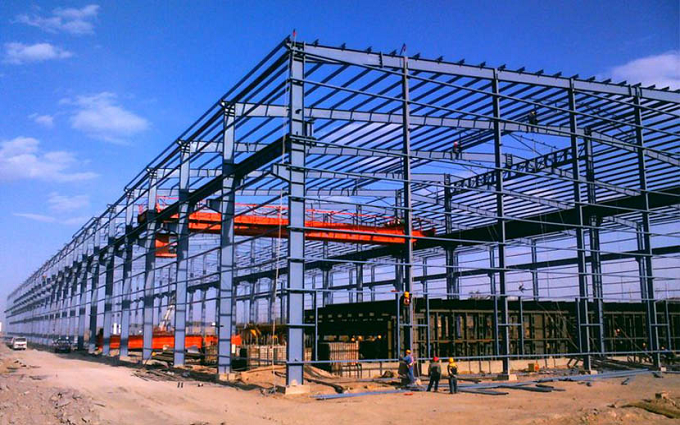Major Issues Often Overlooked in Steel Structure Welding

During the welding of Steel structures, it is often assumed that inadequate operational measures always affect product quality. However, the main issue is that some significant problems in the welding process are easily overlooked. Below are some commonly ignored problems in steel structure welding:
1. Failure to Select Optimal Voltage for Welding
During welding, whether it’s for the root pass, filler pass, or cover pass, and regardless of groove size, the same arc voltage is often chosen. This may result in insufficient penetration and width, leading to defects such as undercutting, porosity, and spattering.
2. Lack of Control Over Welding Current
In an effort to speed up progress, butt welds on medium-thick plates are sometimes performed without grooving. This can cause a decline in strength indicators, possibly failing to meet standard requirements, and result in cracks during bending tests. This compromises the weld joint performance and poses a potential safety hazard to the structure.
3. Incoordination of Welding Speed, Current, and Electrode Diameter
During the welding of steel structures, the coordination of welding speed, current, and electrode diameter is often neglected. For example, in the root pass of a fully penetrated fillet weld, if the welding process is too fast, the root gases and slag do not have enough time to escape, leading to defects like incomplete fusion and slag inclusion.
4. Neglecting Arc Length Control During Welding
When welding steel structures, the arc length is not adjusted according to groove type, number of welding layers, welding method, and electrode model. Improper use of arc length makes it challenging to achieve high-quality welds.
5. Discontinuous Multi-Layer Welding and Lack of Interlayer Temperature Control
In multi-layer welding of thick plates, failing to control the interlayer temperature can cause issues. For example, if the interval between layers is too long and welding resumes without re-preheating, cold cracks may form between layers. Conversely, if the interval is too short and the interlayer temperature exceeds 900℃, it can affect the weld and heat-affected zone performance, leading to coarse grains and reduced toughness and ductility, leaving potential hazards in the joint.
RELATED NEWS
- Efficient Canopy Structures: Enhancing Gas Station Functionality and Aesthetics 2024-07-05
- Gas Station Construction Budget: How Much Does It Cost to Build a Gas Station? 2024-07-04
- Eight Key Factors in Aluminum-Magnesium-Manganese Roof Design 2024-07-04
- What Are Roof Purlins? What Are the Principles of Roof Purlin Layout? 2024-07-03
- Characteristics of Hangar Tents 2024-07-03
Categories
Latest News
Contact Us
Contact: Mr.Lu
Phone: +86-51668601029
E-mail: hbktech@163.com
Whatsapp:86+15152106218
Add: 1412, Building 2, Vanke Huaihai Xintiandi, Block 3, Quanshan District, Xuzhou City, Jiangsu Province
